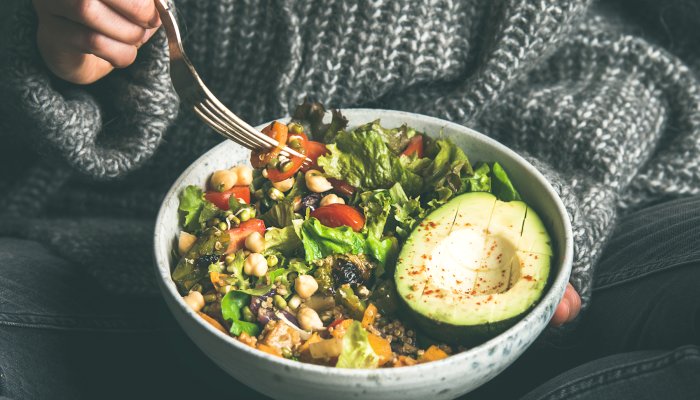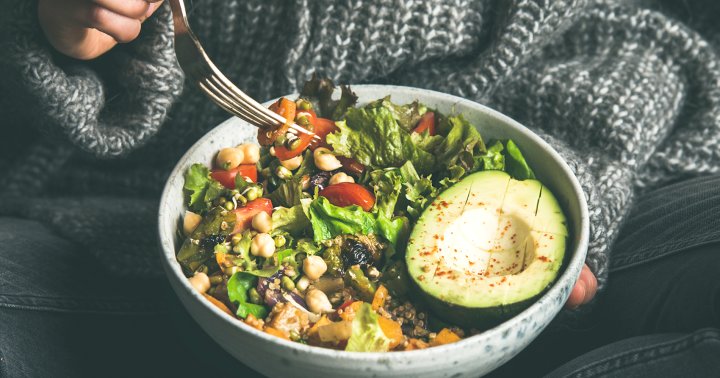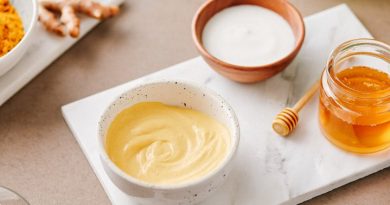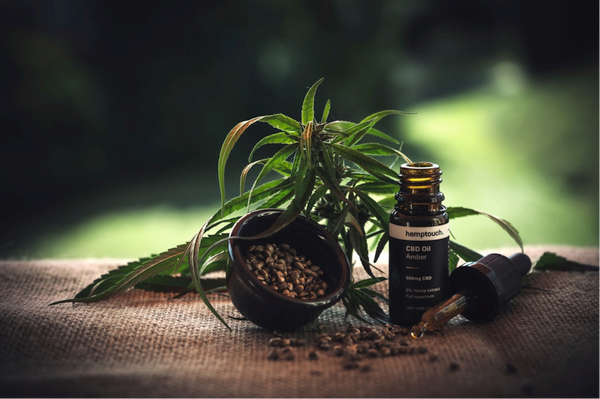Is Texture The New Taste? Experts Explain Why Mouthfeel Matters Now

Smell and taste are intimately connected: “The way you actually perceive flavor isn’t from the taste; it’s from the smell,” says Yusim. So it makes sense that in the absence of those two senses, many people might resort to texture—not only to differentiate between foods they like and don’t like, but also to stimulate the brain during an eating experience.
There’s no research yet to directly back up the claim, but compensating with other senses is not a new phenomenon: Think about those with visual impairments, for example, who tend to develop a more heightened sense of smell, taste, hearing, or touch.
“Our brain is a muscle, and, as with any other muscle, what you practice grows stronger,” Naidoo explains. “[Those with smell or taste limitations] might be able to tap into neuroplasticity, the ability of our brain to adapt, learn, and change, making other senses more sensitive by placing more attention on texture, colors, sounds to somehow compensate for the overall experience.”




